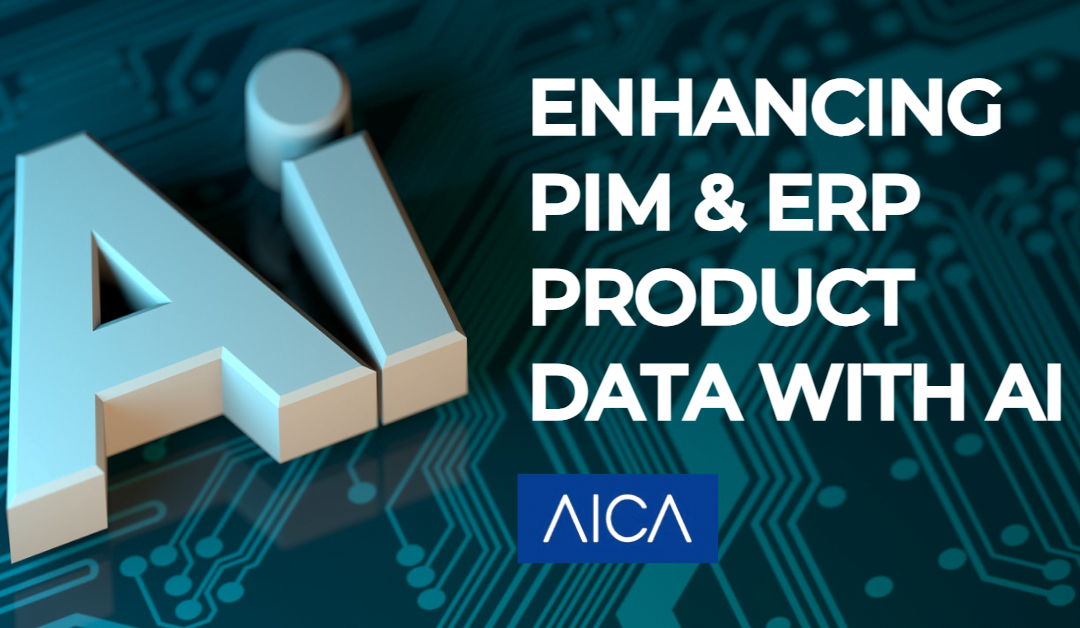Product Information Management (PIM) and Enterprise Resource Planning (ERP) systems are crucial tools for modern businesses, providing a centralised repository for managing product data and streamlining key business processes. However, despite the numerous benefits that PIM and ERP systems bring to the table, they are not immune to the problems that arise from dirty data.
The effects of dirty data on PIM and ERP systems can be significant and far-reaching, leading to a range of problems for businesses. Some of the most common effects of dirty data on PIM and ERP systems include:
-Inaccurate Data: Dirty data can lead to inaccurate information being stored in a PIM or ERP system, which can result in incorrect decisions being made based on this information.
-Inconsistent Data: Dirty data can also lead to inconsistent information being stored in a PIM or ERP system, making it difficult to get a complete and accurate picture of a product or a business process.
-Increased Costs: Dirty data can result in increased costs for a business, as it can lead to errors, duplications, and inefficiencies in business processes, requiring additional resources to correct and reconcile the data.
-Decreased Productivity: Dirty data can also reduce the productivity of PIM and ERP systems, as it can lead to slow, manual, and error-prone processes that take up valuable time and resources.
-Reduced Customer Satisfaction: Dirty data can result in a decrease in customer satisfaction, as it can lead to incorrect or inconsistent product information, incorrect pricing, and incorrect delivery times, among other issues.
-Reputation Damage: Dirty data can also damage a business’s reputation, as it can result in incorrect information being communicated to customers, suppliers, and other stakeholders, leading to a loss of trust and credibility.
What Is Dirty Data?
Dirty data refers to incorrect, inconsistent, or incomplete data that has been entered into a system. This can lead to numerous problems for PIM and ERP systems, including reduced efficiency, lower quality products and services, and even loss of revenue. The consequences of dirty data can be severe, particularly for businesses that rely heavily on accurate and up-to-date product information.
Thankfully, AI and machine learning algorithms can help prevent these issues by using data cleansing, enrichment, and comparison techniques.
Data Cleansing
Data cleansing is the process of removing invalid, irrelevant, or duplicate data from a system. AI-powered data cleansing tools can quickly and accurately identify and remove dirty data, ensuring that the data in a PIM or ERP system is accurate, consistent, and complete. This can help businesses to avoid many of the problems that arise from dirty data and ensure that the data they are using is reliable.
Data Enrichment
Data enrichment is the process of adding missing data or enhancing existing data to make it more complete and accurate. AI-powered data enrichment tools can automatically identify missing data, such as product descriptions or attributes, and add it to a PIM or ERP system. This not only makes the data more useful, but also helps businesses to maintain a consistent level of quality across all of their products.
Data Comparison
Data comparison is the process of comparing different sources of data to identify inconsistencies or discrepancies. AI-powered data comparison tools can quickly and accurately compare product data from different sources, such as suppliers, distributors, and internal databases. This helps businesses to identify and resolve any issues with their data, ensuring that the data in their PIM or ERP systems is always accurate and up-to-date.
Conclusion
Dirty data is a major problem for PIM and ERP systems, but AICAs AI and machine learning algorithms can help to prevent these issues. By using data cleansing, enrichment, and comparison techniques, businesses can ensure that their product data is accurate, consistent, and complete. This not only improves the quality of the products and services they offer, but also helps to streamline key business processes, saving time and money in the process.
